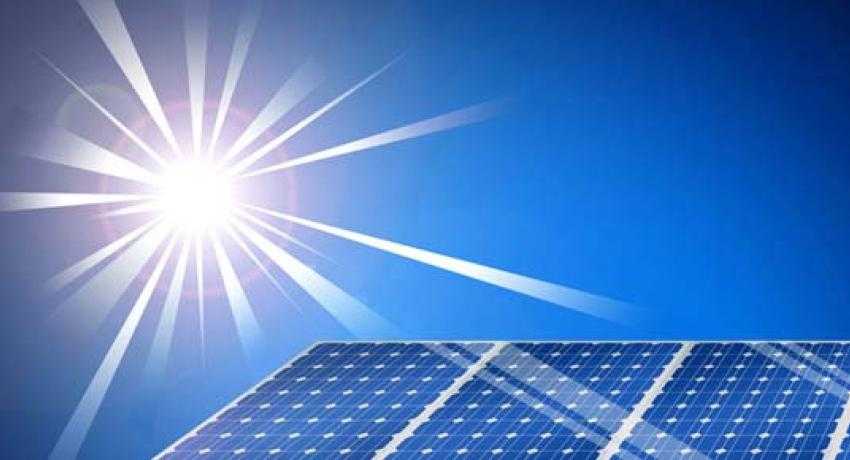BLM sets aside land for solar projects
 The Bureau of Land Management removed 303,900 acres of land last week in six western states from mining claims that could impede development of solar energy sites.
The Bureau of Land Management removed 303,900 acres of land last week in six western states from mining claims that could impede development of solar energy sites.
The lands had already been segregated from the mining laws under temporary measures, a press release said. The new order extends the withdrawal of the lands from mining or other potentially conflicting uses for 20 years.
“The Public Land Order protects the integrity of the Solar Energy Zones and helps us meet President Obama’s goal of green-lighting enough private renewable energy capacity on public lands to power more than 6 million homes by 2020,” said BLM Principal Deputy Director Neil Kornze in a press release.
Under the Federal Land Policy and Management Act of 1976, the BLM is charged with managing the public lands for multiple uses. Location of new mining claims within the Solar Energy Zones could preclude opportunities for development of solar energy of these lands.
The land sits in 17 solar energy zones, established in October 2012 by the Department of the Interior, on lands in Arizona, California, Colorado, Nevada, New Mexico and Utah. The zones were identified for their solar potential, but also because they were areas with the least amount of conflict with other resources, said David Quick public affairs specialist with the BLM. They were also chosen because of their access to existing or planned transmission and low conflict with biological, cultural and historic resources.
"The solar zones have solar energy potential far beyond areas developed in other countries", Quick said. “The solar resources in the southwest are incredible".
Establishing the zones and removing acreage from new mining will allow proposed solar projects to move through the permitting process faster, Quick said.
The agency established a goal in 2005 to approve 10,000 megawatts of solar by the end of last year, which they met a month ahead of time, Quick explained. Since 2009, the BLM has approved right-of-way applications for 25 solar energy development projects with planned total capacity of over 8,000 megawatts, or enough to power over 2.4 million homes.
There will be more solar projects on public lands, Quick said.
“It’s a conscious effort (to approve more solar projects),” he said. “It’s an administration priority to encourage renewable energy.”




